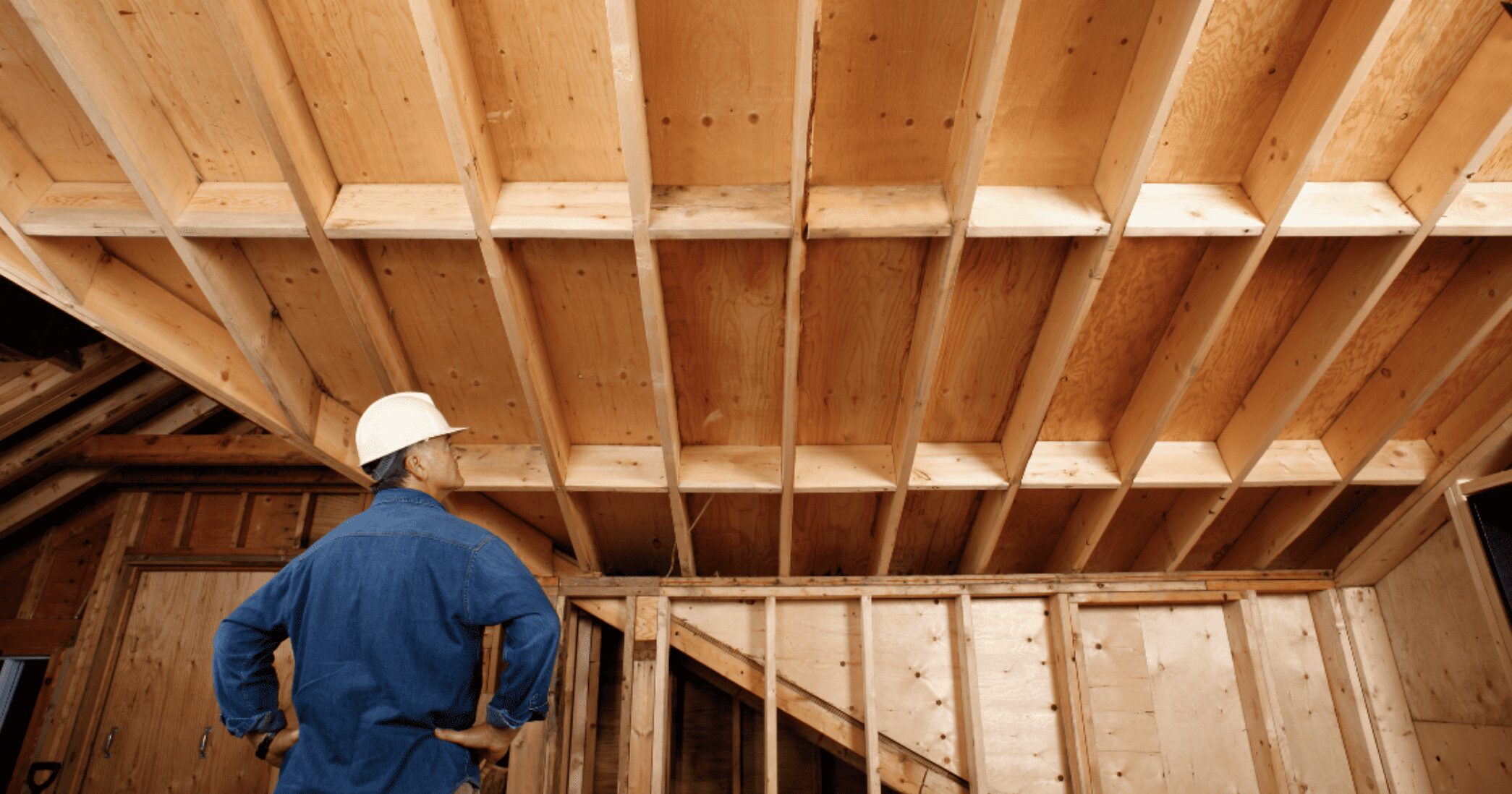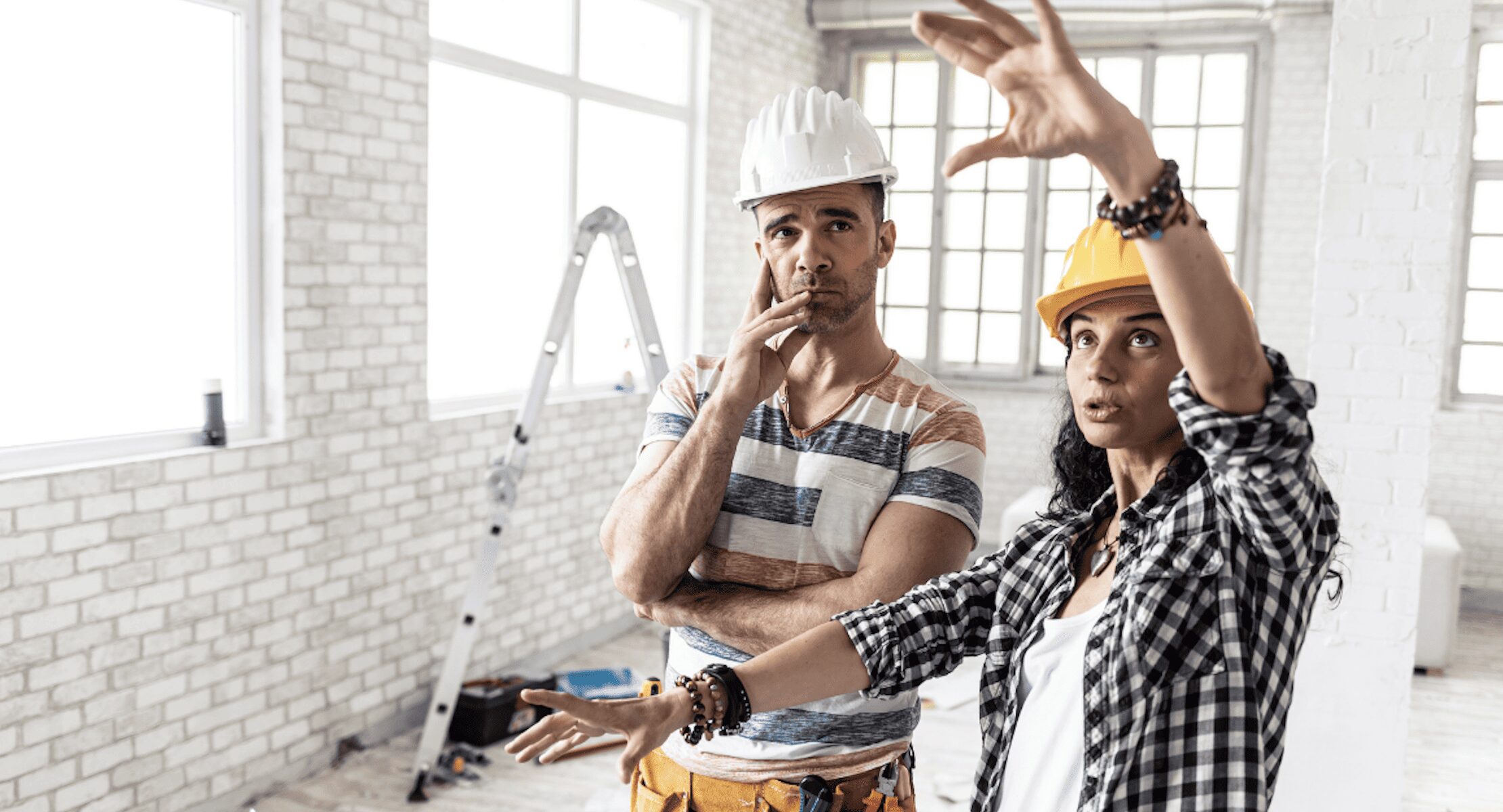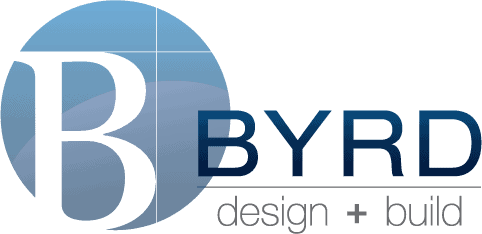On average, homeowners in Maryland spend between $200 to $350 per square foot for an addition.
Adding space to your home can greatly improve your quality of life. Whether you need more room for a growing family, want a larger kitchen for entertaining, or desire luxury additions like a home theater or pool house, a home addition allows you to expand and customize your living area. Home addition costs can vary tremendously based on the size and complexity of the project.
However, home additions require significant investments of both time and money. In this comprehensive guide, we will break down the costs associated with home additions in Maryland and provide tips to help you complete an addition within your budget.

Typical Home Addition Costs in Maryland
Here are some typical price ranges for common types of home additions in Maryland:
| Type Of Addition | Price |
| Master Suite Addition | $350,000 to $360,000 |
| Bathroom Addition | $115,000-$125,000 |
| Deck Addition | $15,000-$25,000 |
Keep in mind, specialized additions like pools, gyms, and home theaters can run even higher in price due to their complexity. Geographic location within Maryland also impacts costs, with project pricing typically higher in affluent metro areas.
Key Factors That Influence Home Addition Costs
Many variables affect the total price tag for your home addition. Being aware of these cost factors will help you accurately budget for the project.
Size of the Addition
The size of the addition in square footage is the primary driver of cost. Larger additions require more labor, materials, site work, time, and other expenditures. Be sure to think carefully about your space needs so you don’t overbuild.
Design and Layout
Simple square or rectangular additions are the most economical. Complex designs with bumpouts, dormers, or high roof pitches will increase labor and material costs. The layout should be efficient to construct.
Foundation
Will your addition require a full foundation, or can it work with a slab, crawlspace, or piers? Full foundations add significant site work, concrete, and labor costs.
Siding and Exterior Finishes
Using siding or brick that matches your existing home is ideal for cohesion. Luxury finishes like stone and stucco can escalate costs quickly.
HVAC
Expanding your home’s HVAC system appropriately is crucial. This may involve adding ductwork, upgraded units, or supplemental mini-splits.


Ways to Reduce Home Addition Costs
Choose an efficient floor plan
Opt for simple shapes without wasted space. Work off existing lines and roofing when possible.
Use slope for drainage
Design with natural grading in mind to minimize excavation and foundation work.
Use efficient materials
Research durable but budget-friendly siding, roofing, flooring, and cabinetry to cut supply costs.
Install energy-efficient products
Invest in ENERGY STAR rated windows, insulation, HVAC, and appliances to reduce utility costs.
Avoid moving plumbing or electrical
Design based on existing line locations to prevent expensive system modifications.
Research permit costs
Factor in plan review fees, permits, inspections, utilities, and other municipal costs.
6 Critical Home Addition Permits and Regulations
Navigating the permitting, legal, and regulatory processes for a home addition can be complex. Here are 6 crucial areas to cover:
Zoning Approval:
Your jurisdiction will want to confirm the addition complies with zoning rules like setback minimums, height limits, allowed use, impervious surface coverage, and more.
Site Plans:
Formal plans depicting existing structures, property lines, additional dimensions, utilities, easements, topography and more must be submitted and approved.
Building Permits:
Submit detailed construction plans to obtain building permits. All required inspections must pass before occupancy. There are fees for permits and inspections.
HOA Approval:
If part of a homeowner’s association, you must submit plans for review and approval prior to starting your addition project.
Historical Districts:
Homes in designated historical districts must retain the structure’s historic architectural integrity. Additions require preservation approvals.
Environmental Impact:
Assess and mitigate any habitat disruption, floodplain impacts, vegetation removal, or excessive water usage per local regulations.
Work closely with your contractor and local building department to identify and acquire all necessary permits and approvals before commencing work. Failing to do so can result in stoppages or even tear-downs!


Frequently Asked Questions
Are there any potential additional costs I should be aware of during a home addition project in Maryland?
Yes, additional costs might include obtaining necessary permits, architectural and design fees, utility relocations, and unforeseen structural adjustments. It’s wise to allocate a contingency budget to account for unexpected expenses that may arise.
Should I remortgage or get a home equity loan?
If you have sufficient equity, remortgaging at a lower rate to withdraw cash for the project often makes sense. Home equity loans also work well but come with higher interest rates.
How much does an addition increase property taxes?
Property taxes will increase proportionally based on the value added by the addition, typically between 1-3% of the total project cost. The increase should be more than offset by added home value.
Get Started Today
Ready to transform your home into the space you’ve always dreamed of? Look no further! Our dedicated team at Byrd is here to bring your vision to life. From stunning kitchen makeovers to luxurious bathroom renovations, we have the expertise and passion to create a space that truly reflects your style and needs. Let’s work together to turn your house into the perfect home.
Contact us today for a consultation and let the journey to your dream space begin!
